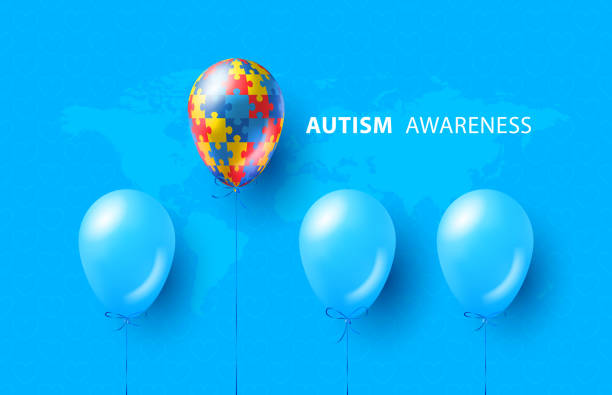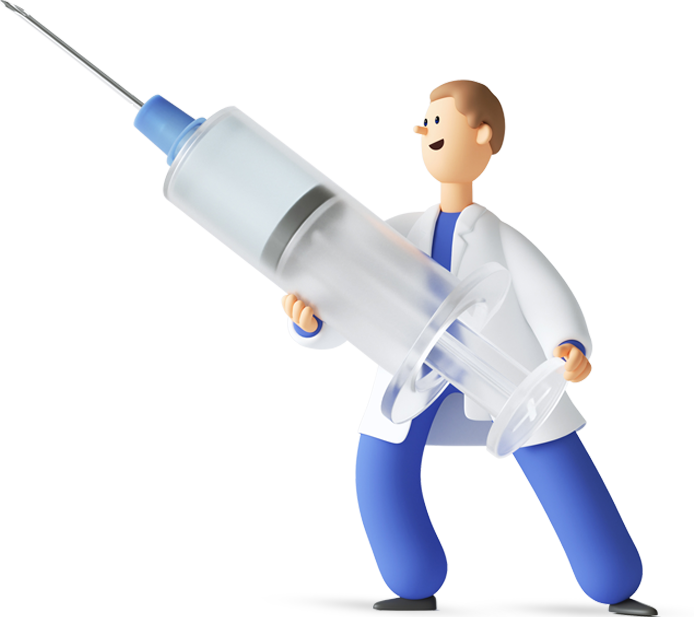
Autism spectrum disorder (ASD) does not currently have a single accepted treatment.
People with ASD benefit from treatment, regardless of their age at the time of diagnosis. People of all ages and abilities can often benefit from well-designed interventions.
Current autism spectrum disorder (ASD) treatments aim to reduce symptoms that interfere with daily functioning and quality of life.
Because ASD affects each person differently, people with ASD have unique strengths and challenges, as well as different treatment needs.
As a result, treatment plans typically involve multiple professionals and are tailored to the individual.
Treatments can be offered in a variety of venues, including education, health, community, and home settings, as well as a mix of these.
It is critical that clinicians communicate with one another, as well as with the person with ASD and their families, to ensure that treatment objectives and progress are met.
Treatment Methods
There are numerous therapy options available. Although some therapies require more than one strategy, these treatments can generally be divided into the following categories:
- Behavioral
- Developmental
- Educational
- Social-Relational
- Pharmacological
- Psychological
- Alternative and complementary therapies
Behavioral Methods
Behavioral methods are concerned with modifying behaviors by comprehending what occurs before and after the behavior.
Most evidence supports behavioral techniques for addressing ASD symptoms.
They have gained widespread acceptance among educators and healthcare experts, and are now employed in a variety of schools and treatment facilities.
Applied Behaviour Analysis (ABA) is a well-known behavioral treatment for people with ASD.
To develop a variety of skills, ABA supports desired behaviors and discourages undesirable behaviors. Progress is being monitored and measured.
Discrete Trial Training (DTT) and Pivotal Response Training (PRT) are two ABA training techniques.
- To teach a desired behavior or response, DTT employs step-by-step instructions. Lessons are broken down into their most basic components, and desired responses and behaviors are rewarded. Unwanted responses and behaviors are ignored.
- PRT is performed in the field rather than in a clinic. PRT’s purpose is to assist people in improving a few “pivotal skills” that will help them learn many other skills. Initiating communication with others is one example of critical talent.
Developmental Methods
Developmental approaches concentrate on increasing individual developmental skills, such as linguistic or physical talents, or on a larger spectrum of interconnected developmental abilities.
Behavioral techniques are frequently coupled with developmental approaches.
Speech and Language Therapy is the most prevalent developmental therapy for people with ASD.
Speech and Language Therapy assists individuals in improving their knowledge and use of speech and language.
Some ASD patients speak vocally. Others may use signs, gestures, photographs, or an electronic communication device to communicate.
Occupational Therapy imparts skills that allow the individual to live as independently as feasible. Dressing, eating, bathing, and interacting with others are skills. Occupational therapy may also encompass the following services:
- Sensory Integration Therapy can aid in the improvement of reactions to sensory input that is either restricted or overwhelming.
- Physical therapy can assist enhance physical skills such as delicate finger movements or bigger trunk and body movements.
The Early Start Denver Model (ESDM) is a wide developmental strategy based on Applied Behaviour Analysis concepts. It is used with children aged 12 to 48 months. In natural settings, parents and therapists use play, social exchanges, and shared attention to improve language, social, and learning skills.
Educational Methods
In a classroom context, educational treatments are administered.
The Treatment and Education of Autistic and Related Communication-Handicapped Children (TEACCH) method is one form of educational strategy.
The theory behind TEACCH is that persons with autism benefit from consistency and visual learning.
It gives teachers strategies for adjusting the classroom organization and improving academic and other outcomes.
Daily routines, for example, can be written or sketched and shown prominently.
Set boundaries around learning stations. Visual instructions or physical demonstrations can supplement spoken instructions.
Pharmacological Methods
There are no drugs available to address the primary symptoms of ASD. Some drugs treat co-occurring symptoms, which can improve the functioning of people with ASD.
Medication, for example, may aid in the management of excessive energy, inability to focus, or self-harming behavior such as head banging or hand biting.
Medication can also assist control co-occurring psychological diseases like anxiety or depression, as well as medical conditions including seizures, sleep problems, or stomach or other gastrointestinal issues.
When considering the use of medication, it is critical to consult with a doctor who has experience treating patients with ASD.
This is true for both prescription and over-the-counter medications. Individuals, families, and doctors must collaborate to monitor development and reactions to ensure that bad outcomes are avoided.
Psychological Methods
Anxiety, depression, and other mental health disorders can be helped by psychological methods in people with ASD.
Cognitive-Behavior Therapy (CBT) is a psychological technique that focuses on understanding the relationships between ideas, feelings, and behaviors.
A therapist and the individual collaborate during CBT to define goals and then change how the person thinks about a situation in order to change how they react to the situation.
Alternative Therapies
Some people and parents utilize treatments that fall into none of the other categories.
These are known as complementary and alternative therapies.
Alternative and complementary treatments are frequently used to supplement more standard procedures.
Special diets, herbal supplements, chiropractic care, animal therapy, art therapy, mindfulness, and relaxation therapies are among the examples.
Before beginning any complementary or alternative treatment, individuals and families should always consult with their doctor.
This is the last part of our 3 part series about ASD. See you in our next articles for more. So make sure to receive a copy of our next newsletter, subscribe to our newsletter community below. We are thrilled to have you join us and look forward to sharing the latest news, tips, and resources in the disability and home care industry. As a subscriber, you will be the first to know about our upcoming events, promotions, and exclusive content. Just scroll down below to enter your email address and join our newsletter community.










